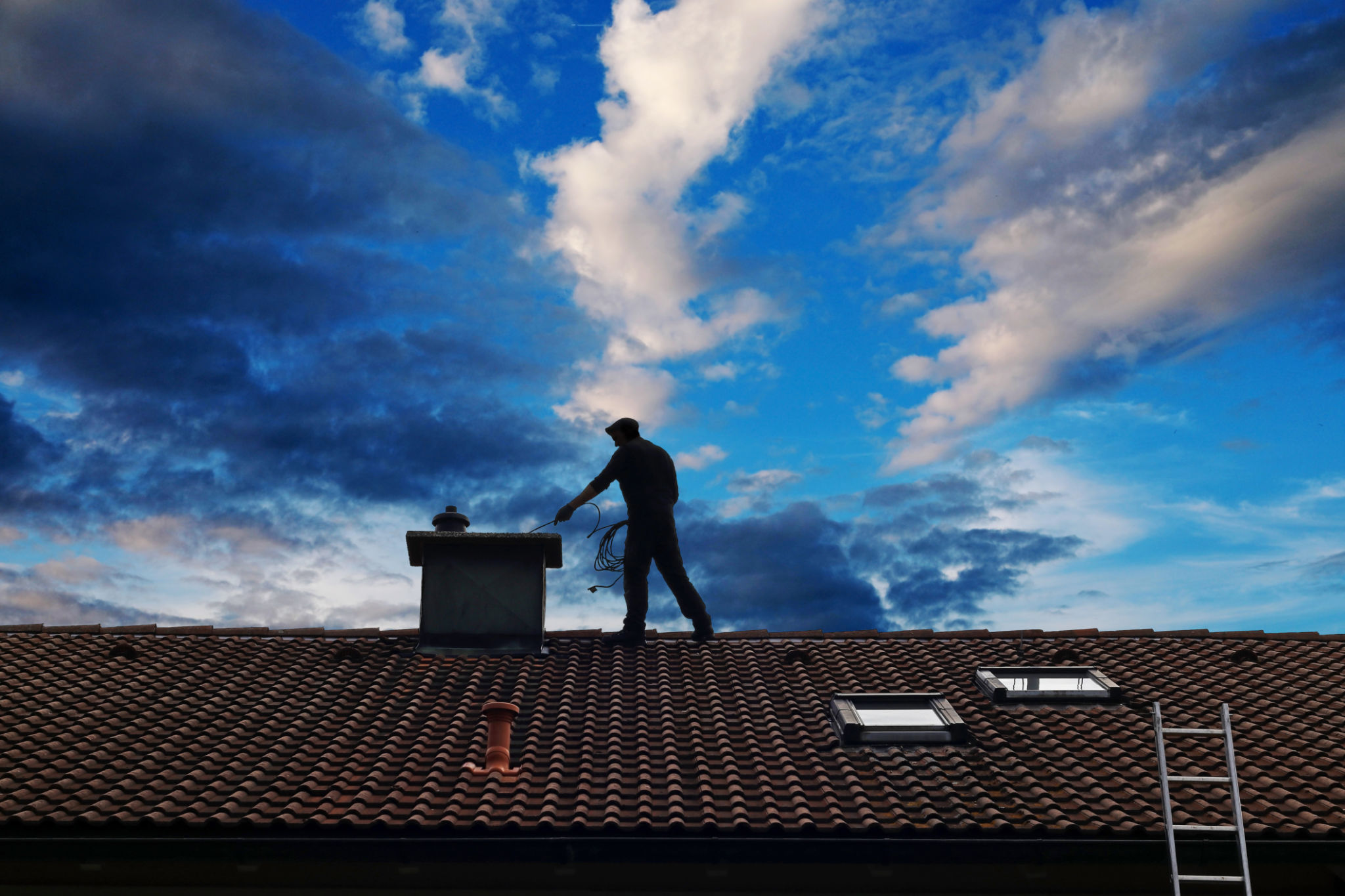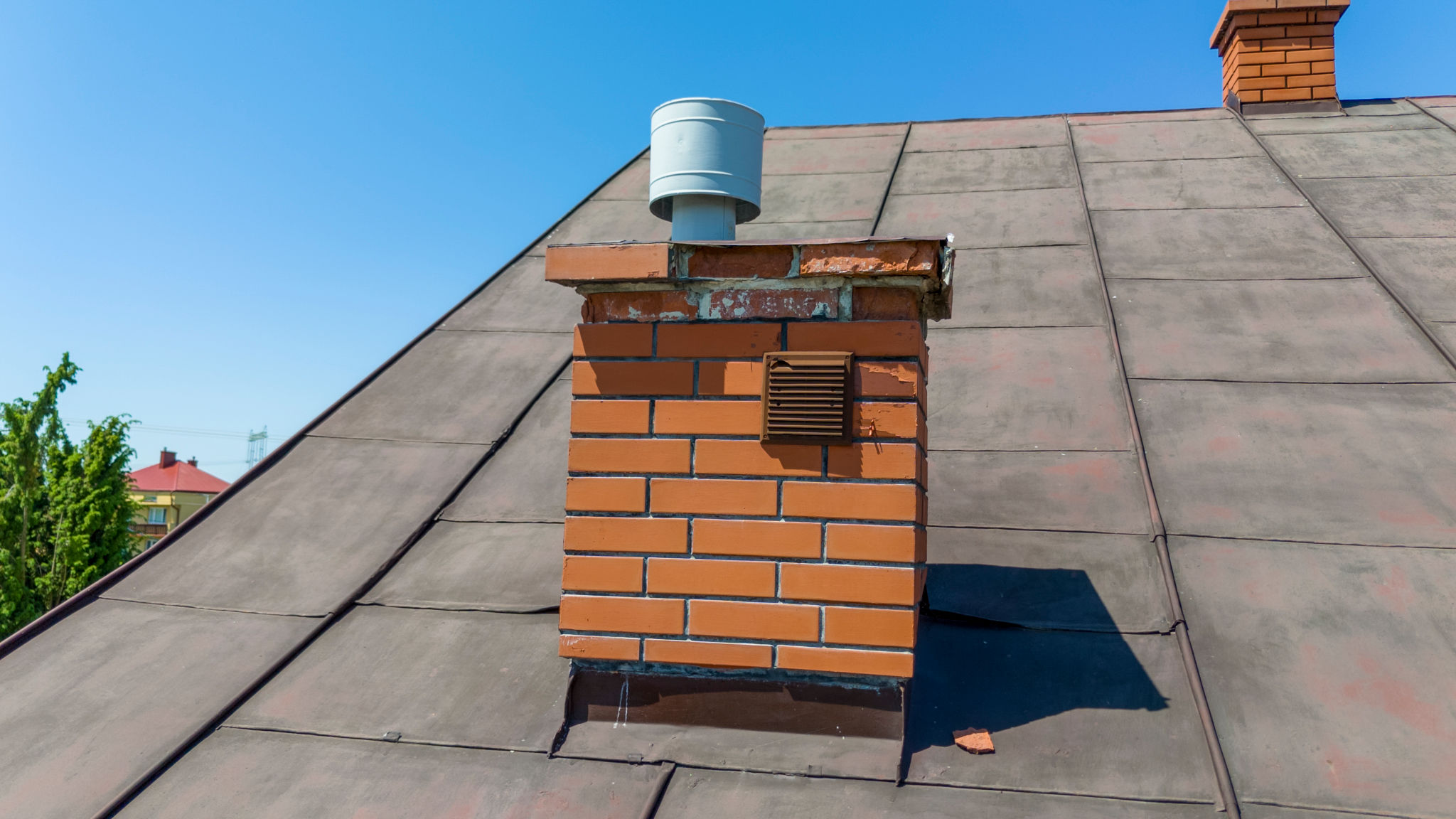Preparing Your Chimney for Winter in Maryland: Essential Tips
Understanding the Importance of Chimney Maintenance
As the temperatures begin to drop in Maryland, ensuring your chimney is ready for winter is crucial. A well-maintained chimney not only enhances the efficiency of your fireplace but also ensures safety. Neglecting this essential task can lead to serious issues, including chimney fires and carbon monoxide poisoning.
Taking the time to prepare your chimney for the colder months can save you from costly repairs and provide peace of mind. Here are some essential tips to get your chimney winter-ready.

Schedule a Professional Inspection
Before lighting your first fire of the season, it’s wise to have a professional chimney inspection. A certified chimney sweep will assess the condition of your chimney, checking for any signs of damage or blockages. They will also clean out creosote buildup, which is a common cause of chimney fires.
Regular inspections can identify issues early, helping you avoid expensive repairs down the line. It's recommended to schedule an inspection annually, especially if you use your fireplace frequently.
Check for Structural Damage
Maryland's harsh weather can take a toll on your chimney's structure. Inspect the exterior for cracks, loose bricks, or signs of deterioration. If you notice any damage, it's essential to address it promptly to prevent further issues.

Ensure Proper Ventilation
Proper ventilation is key to a safe and efficient chimney. Make sure that the damper opens and closes smoothly. A damper that doesn't function correctly can lead to smoke entering your home or heat escaping when the fireplace is not in use.
Additionally, check the chimney cap to ensure it’s intact. A damaged or missing cap can allow debris, animals, and moisture to enter your chimney.
Test Your Smoke and Carbon Monoxide Detectors
With increased fireplace use during winter, the risk of carbon monoxide buildup rises. Ensure your smoke and carbon monoxide detectors are functioning properly. Replace batteries and test the alarms regularly for added safety.

Stock Up on the Right Firewood
The type of wood you burn in your fireplace can impact chimney health. Use seasoned hardwoods like oak or maple, as they burn cleaner and produce less creosote compared to softwoods. Avoid burning treated or painted wood, which can release toxic fumes.
Properly storing your firewood is also important. Keep it covered and off the ground to prevent moisture absorption, which can lead to mold and inefficient burning.
Consider Additional Protective Measures
If your chimney is older or frequently exposed to harsh weather, you may want to invest in waterproofing. This protective layer helps prevent water damage, preserving the integrity of your chimney structure.
Chimney liners are another option to consider. They provide an extra layer of protection, improving energy efficiency and reducing the risk of chimney fires.
By following these essential tips, you can ensure your chimney is ready for the Maryland winter. Prioritizing regular maintenance not only enhances safety but also improves the performance and longevity of your chimney system.